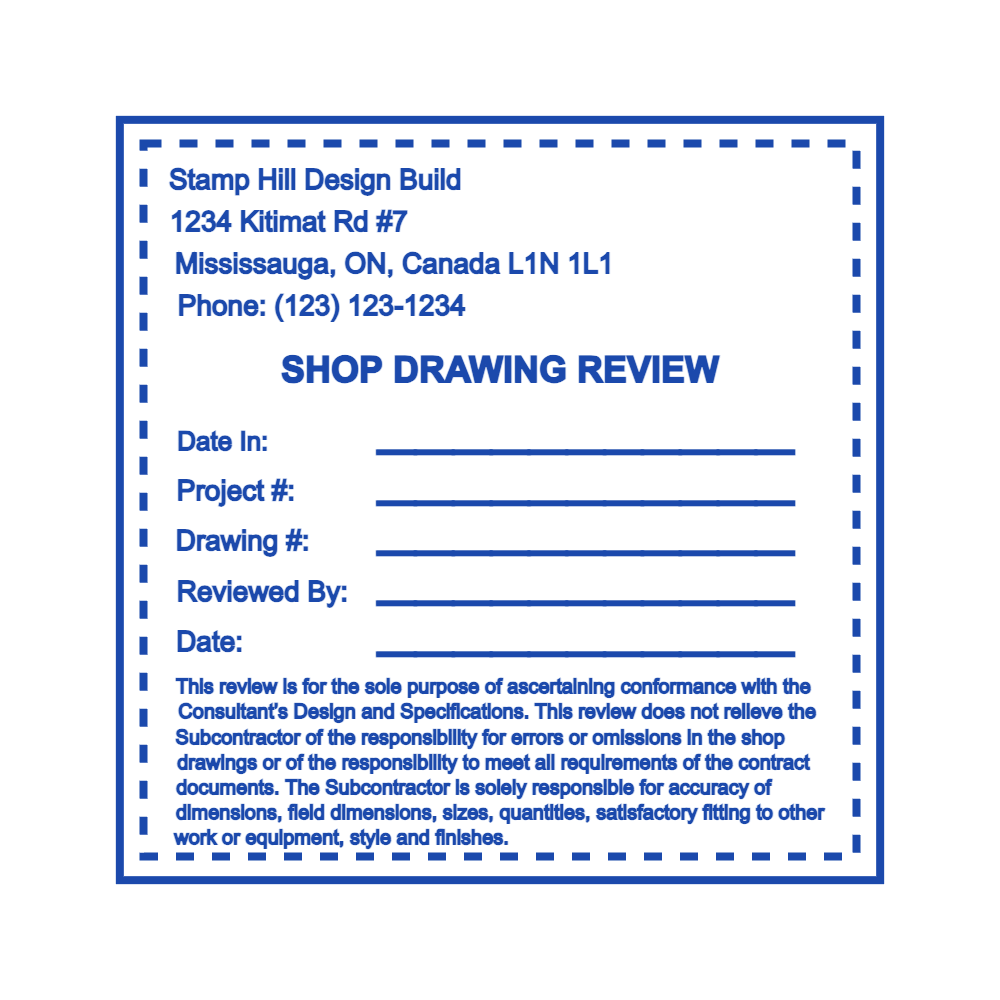Corporate Stamps Templates
Free editable corporate stamps templates for online editing
Found 6 corporate stamps Templates






A Comprehensive Guide to Corporate Stamps: Uses, Designs, and Benefits
In the world of business, every detail matters—from the contracts you sign to the documents you share with clients. One often - overlooked yet essential tool that streamlines operations and reinforces brand identity is the corporate stamp. Unlike generic stamps, corporate stamps are tailored to a company’s unique needs, carrying official logos, names, or legal information that makes them a cornerstone of daily business activities. Whether you’re a small startup or a large multinational corporation, understanding how corporate stamps work and why they’re valuable can help you make smarter decisions for your business.
What Exactly Are Corporate Stamps?
At their core, corporate stamps are specialized stamps designed exclusively for business use. They differ from personal stamps in that they’re tied to a company’s legal and brand identity—most often featuring the business name, registered address, logo, and sometimes even legal identifiers like tax IDs or registration numbers. These stamps are typically made from durable materials like rubber (for traditional ink - pad use) or pre - inked polymers (for mess - free, repeated stamping), ensuring they hold up to the daily wear and tear of office life.
One common misconception is that corporate stamps are just “fancy logos on a stamp.” In reality, they serve a legal purpose in many regions. For example, in countries like Singapore or Australia, certain business documents (such as contracts or invoices) require a corporate stamp to be considered legally binding. Even in places where it’s not mandatory, a corporate stamp adds a layer of authenticity—clients and partners are more likely to trust a document that bears a clear, official company mark rather than a handwritten signature alone.
Why Do Businesses Need Corporate Stamps?
1. Streamline Administrative Tasks
Anyone who’s worked in an office knows how time - consuming it can be to sign or initial dozens of documents each day. Corporate stamps cut down on this effort dramatically. Instead of handwriting the company name, address, or “Authorized Signature” line on every invoice, contract, or letterhead, a quick stamp does the job in seconds. This is especially useful for teams like accounting (which processes hundreds of invoices monthly) or human resources (which handles employee contracts and onboarding paperwork).
For example, a small marketing agency that sends 50 client proposals a month can save hours by using a corporate stamp to add their business details to each proposal cover page. It eliminates the risk of typos (like misspelling the company address) and ensures consistency across every document.
2. Reinforce Brand Identity
Your brand is more than just your logo—it’s the consistent look and feel of every interaction a customer has with your business. Corporate stamps are a subtle yet powerful way to reinforce that identity. When a client receives a proposal with your company’s logo stamped neatly in the corner, or an invoice with your business name and logo clearly visible, it reinforces recognition. Over time, this consistency helps build trust; clients start associating that familiar stamp with your brand’s values (like professionalism or reliability).
Many businesses take this a step further by matching their corporate stamp design to their other branding materials. If your business uses a specific shade of blue in its logo, your stamp can use the same color ink. If your font is a clean sans - serif (like Arial or Helvetica), the text on the stamp will mirror that—creating a cohesive look that feels intentional, not random.
3. Ensure Legal Compliance and Authenticity
As mentioned earlier, corporate stamps have legal weight in many parts of the world. Even in regions where they’re not legally required, they act as a “visual seal of approval” that helps prevent fraud. For instance, if a third party tries to forge your company’s documents, a missing or incorrect corporate stamp can be a red flag for clients or authorities.
Additionally, corporate stamps make it easier to track and verify documents. If a client claims they never received an invoice, you can reference the stamped copy in your records—providing clear proof that the document was sent and bears your company’s official mark. This can be invaluable in disputes or audits.
How to Choose the Right Corporate Stamp for Your Business
Not all corporate stamps are created equal. The best one for your business depends on your industry, document volume, and design preferences. Here are key factors to consider:
Material: Rubber vs. Pre - Inked
- Rubber stamps: These are the traditional option, requiring an ink pad to work. They’re affordable and easy to replace if the rubber wears out—making them a good choice for small businesses with low to moderate stamping needs (like a local café stamping receipts or a boutique stamping order forms). The downside is that you’ll need to keep an ink pad on hand, and smudges can happen if the pad is too wet.
- Pre - inked stamps: These stamps have ink built into the material, so no separate pad is needed. They’re ideal for high - volume use (like a large retail chain stamping hundreds of shipping labels a day) because they produce clean, consistent impressions every time. They’re more expensive upfront but last longer—some pre - inked stamps can make up to 10,000 impressions before needing a refill.
Design Elements to Include
The design of your corporate stamp should balance functionality and brand identity. Here’s what to prioritize:
- Mandatory information: If your region requires specific details (like a registered address or tax ID), include those first—they’re non - negotiable.
- Logo: If space allows, add your company logo. Keep it simple, though—intricate designs might not stamp clearly. Stick to line - art versions of your logo for the best results.
- Text size: Make sure any text (like the company name) is large enough to read easily. A stamp with tiny, blurry text defeats the purpose of being an official mark.
- Shape: While circular or rectangular stamps are common, some businesses opt for custom shapes that align with their brand (like a square stamp for a tech company with a modern aesthetic). Just keep in mind that irregular shapes might be harder to align on documents.
Size Matters
Think about where you’ll use the stamp most. If you’re stamping small invoice corners, a 1 - inch square stamp is perfect. If you’re marking large shipping boxes or contract covers, a 2 - 3 inch stamp will be more visible. It’s also a good idea to avoid overly large stamps—they can take up too much space on documents and look unprofessional.
Tips for Using Corporate Stamps Effectively
Once you’ve chosen your corporate stamp, there are a few best practices to ensure it serves your business well:
- Store it safely: Keep your corporate stamp in a locked drawer or cabinet when not in use. This prevents unauthorized use and keeps the stamp clean (dust or debris can ruin impressions).
- Test before use: Always do a test stamp on a scrap piece of paper before using it on important documents. This lets you check for smudges, misalignment, or ink issues—saving you from ruining a contract or invoice.
- Refill or replace on time: For pre - inked stamps, keep an eye on ink levels—faded impressions look unprofessional. For rubber stamps, replace the ink pad when it starts to dry out, and replace the rubber if it becomes cracked or worn.
- Update when needed: If your company changes its name, address, or logo, get a new corporate stamp immediately. Using an outdated stamp can cause confusion with clients and may even lead to legal issues if the information is no longer accurate.
Final Thoughts: Why Corporate Stamps Are a Worthwhile Investment
In an era of digital documents, it’s easy to think that physical stamps are obsolete—but that’s far from the truth. Corporate stamps bridge the gap between digital efficiency and physical authenticity. They save time on administrative tasks, reinforce your brand with every use, and provide a legal safety net for important documents.
Whether you’re using it to stamp invoices, sign off on contracts, or mark company property, a well - designed corporate stamp is more than just a tool—it’s an extension of your business’s professionalism. By choosing the right design, material, and size, you’ll create a stamp that serves your business for years to come.